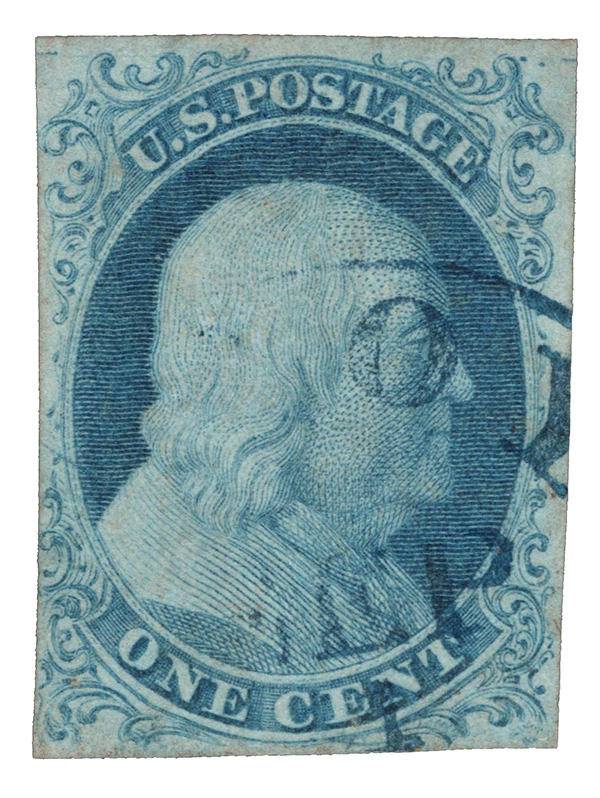Stamp Series

American Folklore Series
On September 24, 1966, the US Post Office introduced the American Folklore Series. The series captured the things that make our nation unique. It honored some of the people and tales that have played an important role in our nation’s culture.

Pioneers of Aviation Series
On September 23, 1978, the USPS issued the first stamps in its Pioneers of Aviation Series. The series would span more than 20 years and include 18 stamps honoring some of America’s most legendary aviators and their aircraft.

International Day of Peace
In 2002, twenty years after it was first established, the International Day of Peace was celebrated on its new permanent date – September 21. Also known as World Peace Day, it’s a United Nations-sanctioned holiday calling for peace and an end to war and violence.

The American Poet Series
On August 22, 1970, the US Post Office issued the first stamp in the American Poet Series. The series honored seven prolific American poets.

Marihuana Tax Act of 1937
On August 2, 1937, President Franklin Roosevelt signed the Marihuana Tax Act of 1937 into law. The act required all producers, laboratories, dealers, importers, and doctors to register each year to legally buy and sell marijuana.

The Series of 1851-57
On July 1, 1851, several stamps from America’s second series of postage stamps were issued. These new stamps were issued to meet reduced postal rates that practically eliminated distance as a factor.

The Art of Disney Series
On June 23, 2004, the USPS issued the first stamps in its Art of Disney Series. The USPS worked with Disney artists to create this whimsical series of stamps, with each year featuring a different theme.

Birth of Marilyn Monroe
Marilyn Monroe was born Norma Jeane Dougherty on June 1, 1926, in Los Angeles, California. Dubbed the “Blonde Bombshell,” she was one of the most popular actresses of the 1950s and early 1960s.

Butterfly Series
On May 17, 2010, the USPS issued the first stamp in the Butterfly Series. The stamps were created for use on envelopes that couldn’t be sorted on the USPS’s automated equipment, otherwise known as “nonmachinable.” They’re often used for greeting cards.